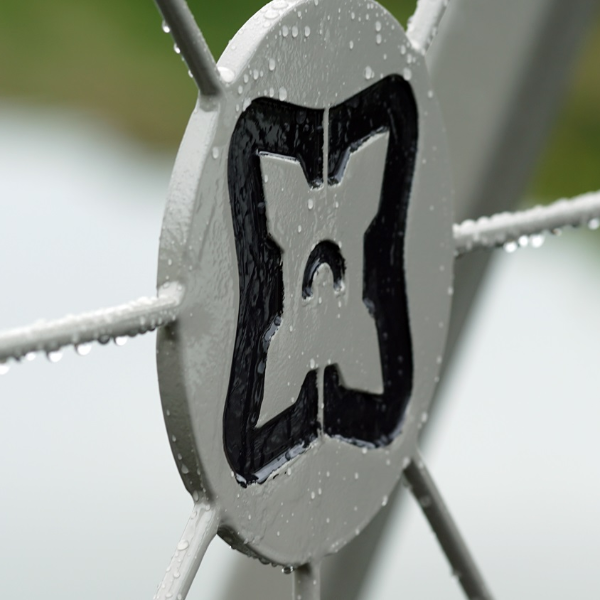Fort Liefkenshoek

Fort Liefkenshoek
A historical and touristic landmark in the Waasland region, Fort Liefkenshoek entered the final phase of its project in late September. The project had a dual purpose: firstly, to restore the historical fortifications of the old military fortress in Kallo to their original state, and secondly, to create a new pedestrian bridge and parking facility for cars and buses to enhance connectivity with the fort.
Enter Witteveen+Bos
Witteveen+Bos became involved in the project two years ago when the groundwork had already been laid with a preliminary design and permits in place. We were able to build upon this foundation and completed the project through the tendering and execution phases.
There were, however, substantial challenges in terms of design and study, especially regarding the parking facility, fortifications, and the bridge. The final piece of the puzzle, the bridge, stands out as the centerpiece of this project, drawing inspiration from the design of a Bailey bridge originally used for military purposes. The installation of the bridge marked a significant milestone in this project. Due to Fort Liefkenshoek's proximity to the Scheldt River and a Waterbus stop, it had increasingly become a welcoming gateway.
Fort Accessibility and Revitalization
Improved accessibility was therefore a necessity. The first step was to address the outer fortifications, followed by the construction of the pedestrian bridge and the establishment of the new parking area. Eventually, a new access road for this parking facility will be created via the future Sigmadijk to the south of the fort. The parking area will be connected to the restaurant via a new pedestrian bridge over the moat and linked to the Waterbus docking point on the other side of the fort via a footpath along the western side of the fortifications.

Smart Design Choices
Throughout this project, sustainable choices were emphasized. Several smart decisions were made, such as avoiding the planting of additional trees to protect local wildlife, particularly birds of prey, from nesting disturbances. The parking and service road were constructed using grass concrete pavers on a draining lean concrete base, while the footpath was composed of semi-porous porphyry on an unbound gravel foundation. To minimize soil transportation and associated CO2 emissions, design levels were chosen to achieve a zero-balance approach. The bridge itself was designed in three separate sections, providing transportation efficiency and future prospects for circularity. Moreover, the parking area offers opportunities for electric vehicles with the presence of conduits for electric charging stations.

More information?

Our projects
Every year we work on almost 5,000 projects on water, infrastructure, environment and construction.
